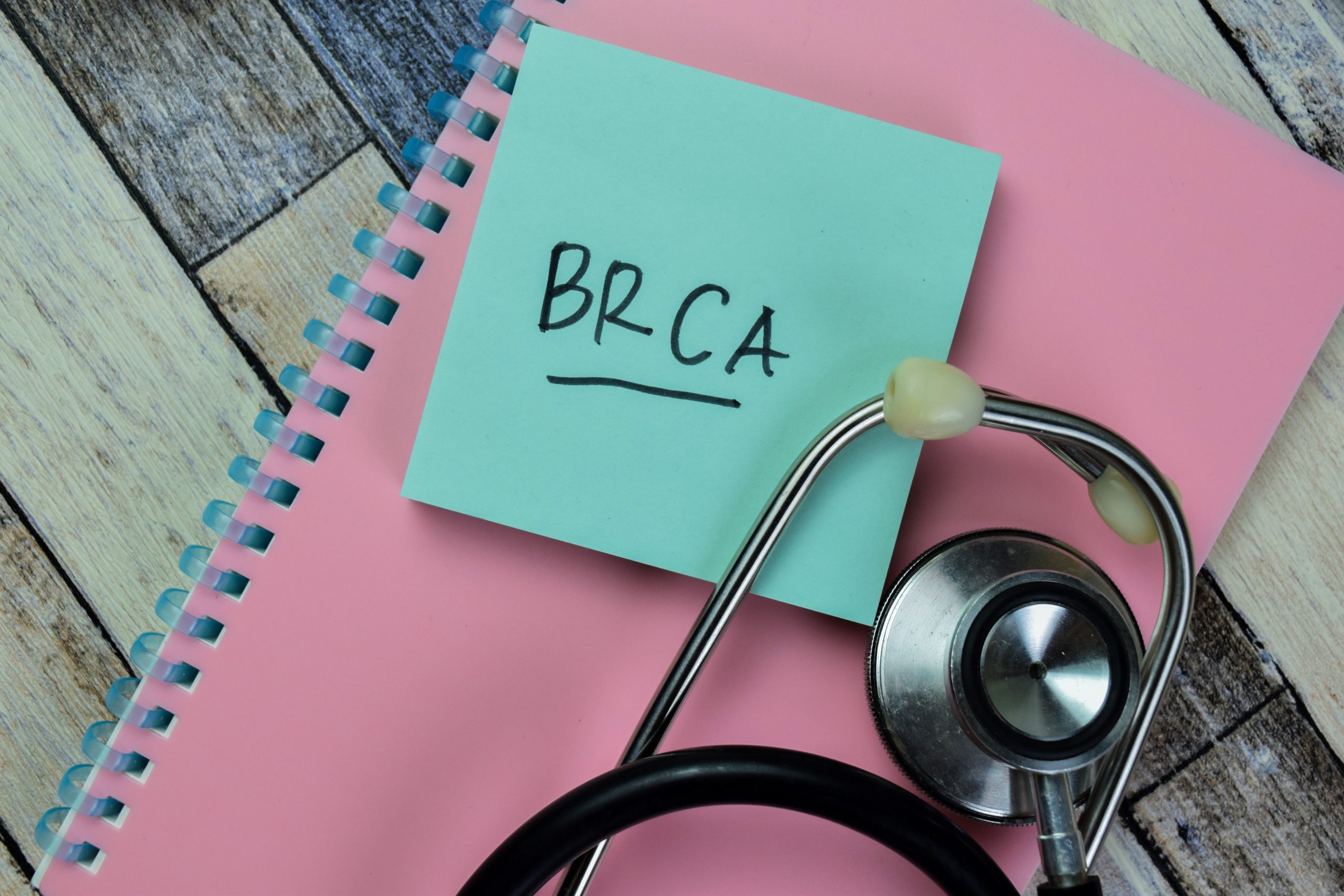A recent study published in the Journal of Health Economics and Outcomes Research reveals that approximately 23.3% of ovarian cancer patients receive BRCA genetic testing, and those who do are more likely to advance through multiple lines of therapy and incur higher medical expenses. The research, based on data from Optum’s electronic health records and insurance claims between 2017 and 2022, included 13,981 individuals diagnosed with ovarian cancer. Among those tested, 62% had BRCA-mutant (BRCAm) tumors, while 35.8% had BRCA wild-type (BRCAwt) tumors. Patients who underwent testing were more likely to progress to second- and third-line treatments—59.7% versus 44.3% for LOT2 and 30.3% versus 16.1% for LOT3—compared to untested individuals. Although mortality rates at 24 months were lower in the tested group (6.8% vs 10.2%), the financial burden was significantly greater. Median per-patient-per-month total costs were $6,242 for tested patients, a 62% increase over the $3,845 seen in those not tested. Costs for outpatient visits and prescription drugs were also markedly higher in the tested cohort. Among tested patients, those with BRCAm tumors faced even greater expenses, averaging $9,297 PPPM compared to $5,255 for BRCAwt cases. The study also identified disparities: untested patients were more likely to reside in the South and identify as non-Hispanic African American, suggesting potential inequities in access to genetic evaluation. Researchers caution that while the data shows correlation, causation cannot be confirmed, and recommend future studies incorporate patient-reported socioeconomic data to better assess indirect costs and financial strain. Linking survey results with real-world evidence could provide a more comprehensive understanding of the economic impact on vulnerable populations.
— news from AJMC
— News Original —
Economic Burden Is Greater Among Patients With Ovarian Cancer Receiving BRCA Testing
Approximately one-fourth of patients with ovarian cancer receive BRCA testing, and those who do are more likely to progress to higher lines of therapy (LOT), receive genomically targeted treatments, and incur higher costs, according to a study published in the Journal of Health Economics and Outcomes Research.1
The researchers highlighted the “substantial economic burden in ovarian cancer,” noting that the national expenditure for ovarian cancer care was estimated to be $6.4 billion in 2020, with costs varying by treatment type.2 They also emphasized that patients of non-White race and those who are low-income face a higher risk of financial toxicity.3 As a result, these vulnerable patients may have less favorable health care-seeking behavior, which could contribute to socioeconomic inequalities in ovarian cancer mortality.4
Although prior studies have examined treatment patterns, health care resource utilization (HCRU), and costs in patients with ovarian cancer, few have assessed disparities in BRCA testing or whether treatment patterns, HCRU, and costs differ by testing status.1 Little is also known about how outcomes differ between patients with BRCA-mutant (BRCAm) and BRCA wild-type (BRCAwt) tumors.
To address this gap, the researchers conducted a retrospective study using Optum’s Clinical electronic health record and claims databases. They evaluated demographics, clinical characteristics, treatment patterns, HCRU, and costs among patients diagnosed with ovarian cancer between January 1, 2017, and June 30, 2022. Patients were stratified by BRCA testing status and, among those tested, by BRCA mutation status.
The study included 13,981 patients, of whom 3252 (23.3%) underwent BRCA testing. Patients without testing were more likely to live in the South (26.2% vs 15.3%; P < .001) and be non-Hispanic African American (7.8% vs 5.5%; P < .001). Among patients who were tested, 2016 (62.0%) had BRCAm tumors, 1165 (35.8%) had BRCAwt tumors, and 71 (2.2%) had missing or inconclusive results.
Treatment outcomes differed by testing status. Among patients treated with chemotherapy, those without BRCA testing were more likely to have a LOT end due to death by 24 months compared with patients who were tested (10.2% vs 6.8%). In contrast, patients with a BRCA test were more likely to progress to later LOTs (59.7% vs 44.3% progressed to LOT2; 30.3% vs 16.1% progressed to LOT3).
Within the tested cohort, the proportion of those with BRCAm tumors and BRCAwt tumors who ended a LOT due to death was similar at 24 months (6.6% vs 7.6%). The proportion of patients who progressed to LOT2 or LOT3 was also similar between groups.
Treatment regimens also varied. Patients without BRCA testing were more likely to receive aromatase inhibitors (9.1% vs 3.7%). Additionally, patients with BRCAm tumors had greater use of poly(ADP-ribose) polymerase inhibitors compared with those with BRCAwt tumors (7.8% vs 6.5%).
Patterns in HCRU showed higher resource use among patients who underwent testing. At baseline, the median number of all-cause ambulatory visits was higher for patients with a test than those without it (9.0 vs 6.0). At follow-up, patients who underwent testing had more than double the median number of ambulatory visits compared with untested patients (25.0 vs 10.0 at 12 months; 38.5 vs 14.0 at 24 months). In contrast, visit counts were similar at follow-up for patients with BRCAm tumors and those with BRCAwt tumors (27.0 vs 24.0 at 12 months; 39.0 vs 38.0 at 24 months).
As for costs, median per-patient-per-month (PPPM) total costs were 62% higher among patients who underwent testing than those untested ($6242 vs $3845). Median PPPM costs for ambulatory visits (81%; $2236 vs $1232) and pharmacy use (137%; $793 vs $335) were also greater in the tested cohort. Among those tested, patients with BRCAm tumors had higher PPPM total costs compared with those with BRCAwt tumors ($9297 vs $5255).
The researchers acknowledged several limitations, including that the association between BRCA testing and health care costs may not indicate causality. There could also be potential residual confounding due to unavailable data, including patients' socioeconomic status. Because of this, they suggested areas for further research.
“Future studies could consider administration of patient surveys to collect self-reported information such as education, income, and information for measurement of indirect cost; moreover, the survey data may be linked with real-world data to provide a complete assessment of economic burden,” the authors wrote.
References
